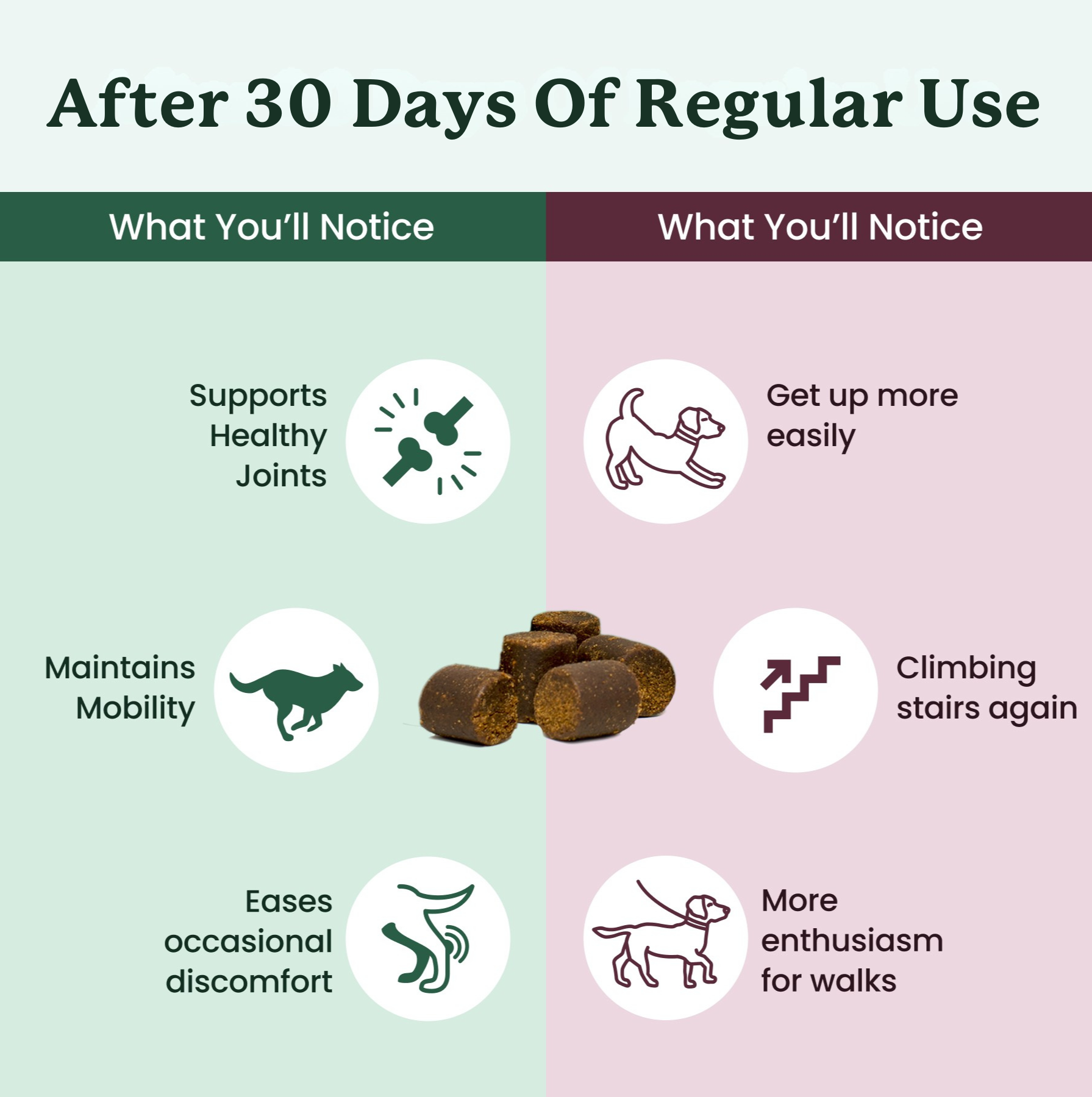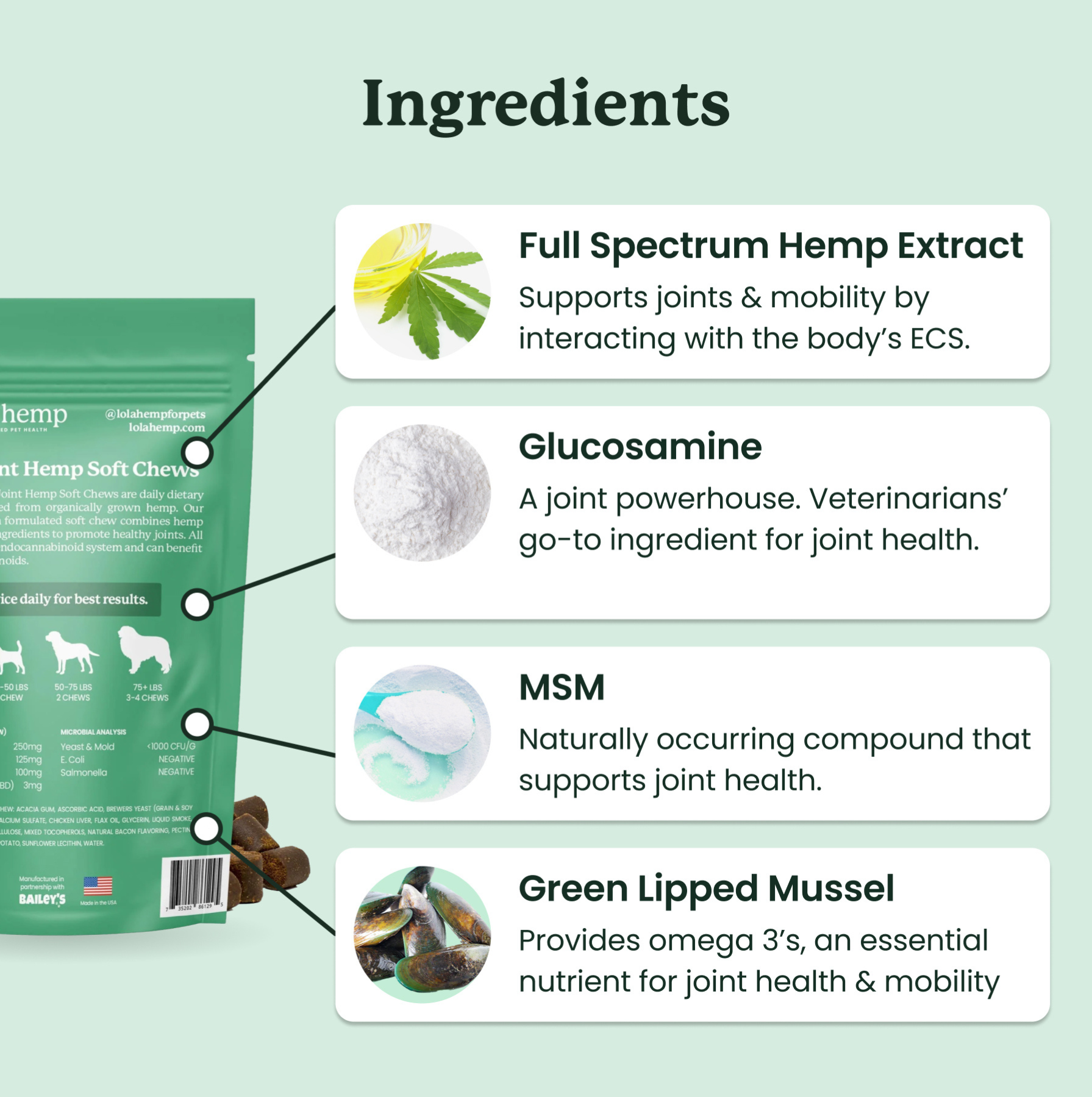If your dog has recently been diagnosed with hip dysplasia, you may be worried about what this means. The good news is that most dogs with hip dysplasia live normal, active lives without any significant impact on their longevity. It's one of the most common hip and joint issues in dogs, and it is treatable in many cases.
Nevertheless, hip dysplasia is a progressive disease and must be managed appropriately to ensure your dog maintains a good quality of life.
Canine Hip Dysplasia
The word “dysplasia” is a medical term that means abnormal growth or development. Animals with hip dysplasia are born with normal hip joints, but they experience structural changes to the joints as they grow and develop. Over time, these changes cause problems like joint instability, erosion of the cartilage that cushions the joint, and the development of bone spurs.
Hip dysplasia most commonly affects large breed dogs like German Shepherds, although smaller breeds and cats can also be affected. Symptoms of hip dysplasia can begin in young dogs as early as 5–6 months of age, although many dogs do not develop noticeable signs until later in life.
This condition is most common in large, stocky breeds such as the American Bulldog, St. Bernard, and the Basset Hound. Popular breeds such as German Shepherds, Labs, and Golden Retrievers also have a high incidence of hip dysplasia.
What Causes Hip Dysplasia in Dogs?
Hip dysplasia is a genetic condition, meaning it is passed from parents to offspring. However, its mode of inheritance is complex, and sometimes even normal parents can produce offspring with hip dysplasia.
In addition to genetics, several environmental factors can increase a dog’s risk of developing hip dysplasia. Studies have shown that rapid rates of growth will significantly increase an at-risk puppy’s likelihood of developing hip dysplasia. Feeding puppies diets that are too high in calories, protein, or calcium can predispose them to develop hip dysplasia, as well as several other orthopedic diseases.
Other studies have found that too much or too little exercise during puppyhood may also play a role in this disease.
Signs of Hip Dysplasia
Signs of hip dysplasia vary in dogs. Some affected dogs will begin showing symptoms of hip dysplasia as puppies, while others may not have any symptoms until their senior years when secondary osteoarthritis develops. Still, others may not show signs of hip dysplasia at all.
Signs of hip dysplasia in dogs can include:
- Lameness, particularly after exercise
- Decreased range of motion in one or both hind limbs
- Loss of muscle mass in the dog’s hips and hind legs
- An abnormal swinging or “bunny hopping” gait
- Reluctance to exercise
- Difficulty getting up or using stairs
- Decreased activity
- Pain
Many other conditions can cause similar clinical signs, so your dog will need to see a veterinarian in order to diagnose hip dysplasia. Your veterinarian will perform a full physical examination, often including a gait evaluation and palpating the joints to assess the range of motion.
Your veterinarian will likely recommend radiographs (x-rays), which are the most common diagnostic test for canine hip dysplasia.
How to Treat Hip Dysplasia in Dogs
Unfortunately, hip dysplasia is a progressive condition and there is no cure. Your dog may experience worsening symptoms as the joints continue to degenerate. However, there are steps you can take to help slow the progression of the disease and ensure your dog maintains a good quality of life.
Most cases of hip dysplasia are treated medically with supportive therapy. The primary goals of hip dysplasia treatment are to reduce pain and improve mobility. To achieve this,
Your veterinarian may recommend treatments such as:
- Anti-inflammatory medications such as NSAIDs
- Medications for pain control
- Joint supplements to reduce inflammation and improve joint health
- Low-impact exercise
- Physical therapy
- Acupuncture
Maintaining a healthy weight is especially important in dogs with hip dysplasia. Because the hip joints are malformed, carrying extra weight on them can be painful for your dog. If your dog is overweight or obese, gradual weight loss using a high-quality diet and strict portion control can significantly improve mobility and quality of life.
In severe cases of hip dysplasia, your veterinarian may recommend surgical procedures to reduce pain and improve function in the damaged joint. There are several different surgeries used for patients with hip dysplasia, and your veterinarian can help you decide which option is best for your dog.
Longevity and Quality of Life
The majority of dogs with hip dysplasia live a normal lifespan. Most do not experience any significant disability from the disease, and some do not even require treatment. Even in severe cases, options are available to help reduce pain and maintain adequate mobility.
If you are concerned that hip dysplasia is negatively affecting your dog’s life, you can ask your veterinarian for a quality of life exam to discuss further options for your dog’s care.
How to Prevent Hip Dysplasia
Although hip dysplasia is largely a genetic condition, we know that nutrition plays an enormous role in its development. Large breed puppies, in particular, must eat a diet that is complete and balanced to meet their unique nutrient and mineral requirements.
Rapid growth and obesity can predispose a dog to develop hip dysplasia, so good portion control and calorie restriction are especially important. Your veterinarian can help you determine the best diet and feeding schedule based on your dog’s age, breed, and lifestyle.
Because hip dysplasia is inherited, it is also important for breeders to screen their dogs for hip dysplasia prior to breeding. When choosing a large breed puppy, look for breeders who have performed orthopedic screenings on their dogs through the Orthopedic Foundation of America (OFA) or PennHip programs. These screenings can also be used to identify hip dysplasia in dogs prior to purchase.
While it can be tough to hear that your dog has hip dysplasia, many dogs have an excellent quality of life despite their condition. In most cases, a balanced regimen of diet, exercise, and supportive care will allow your dog to continue living his best life for years to come!
Treating Hip Dysplasia in Dogs: Frequently Asked Questions
What is the best treatment for hip dysplasia in dogs?
Treatment varies by severity but often includes NSAIDs, joint supplements, weight management, physical therapy, and in severe cases, surgery.
Can dogs live a normal life with hip dysplasia?
Yes. Most dogs with hip dysplasia live full, active lives with proper management and supportive care.
What are the first signs of hip dysplasia?
Early signs include limping, difficulty standing, reduced activity, bunny-hopping gait, and reluctance to exercise.
Is surgery always required for hip dysplasia?
No. Many dogs improve with non-surgical treatments such as medication, supplements, and physical therapy. Surgery is reserved for severe cases.
How can I help prevent hip dysplasia in my dog?
Feeding a proper diet, avoiding rapid growth, maintaining a healthy weight, and choosing puppies from screened parents all help reduce risk.









